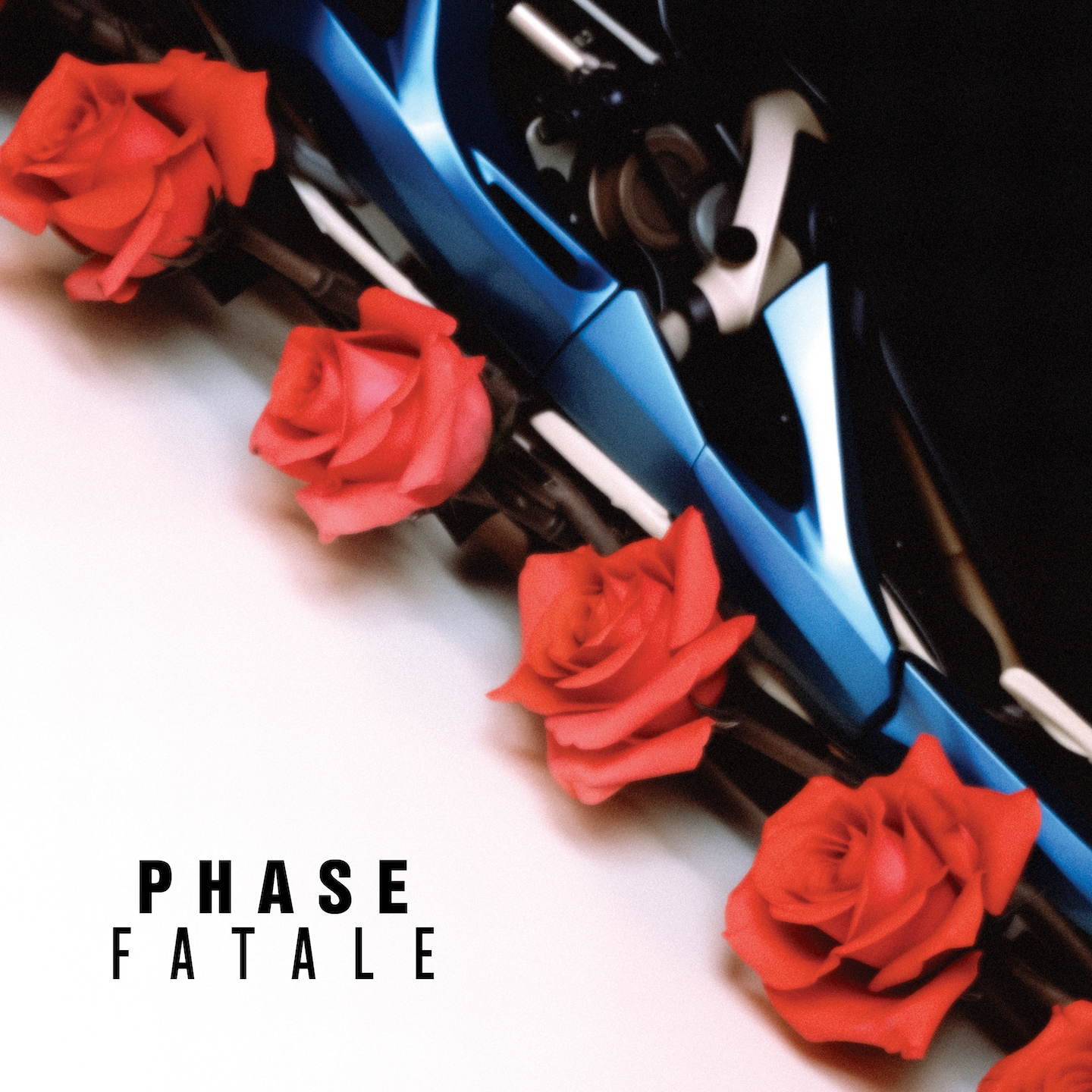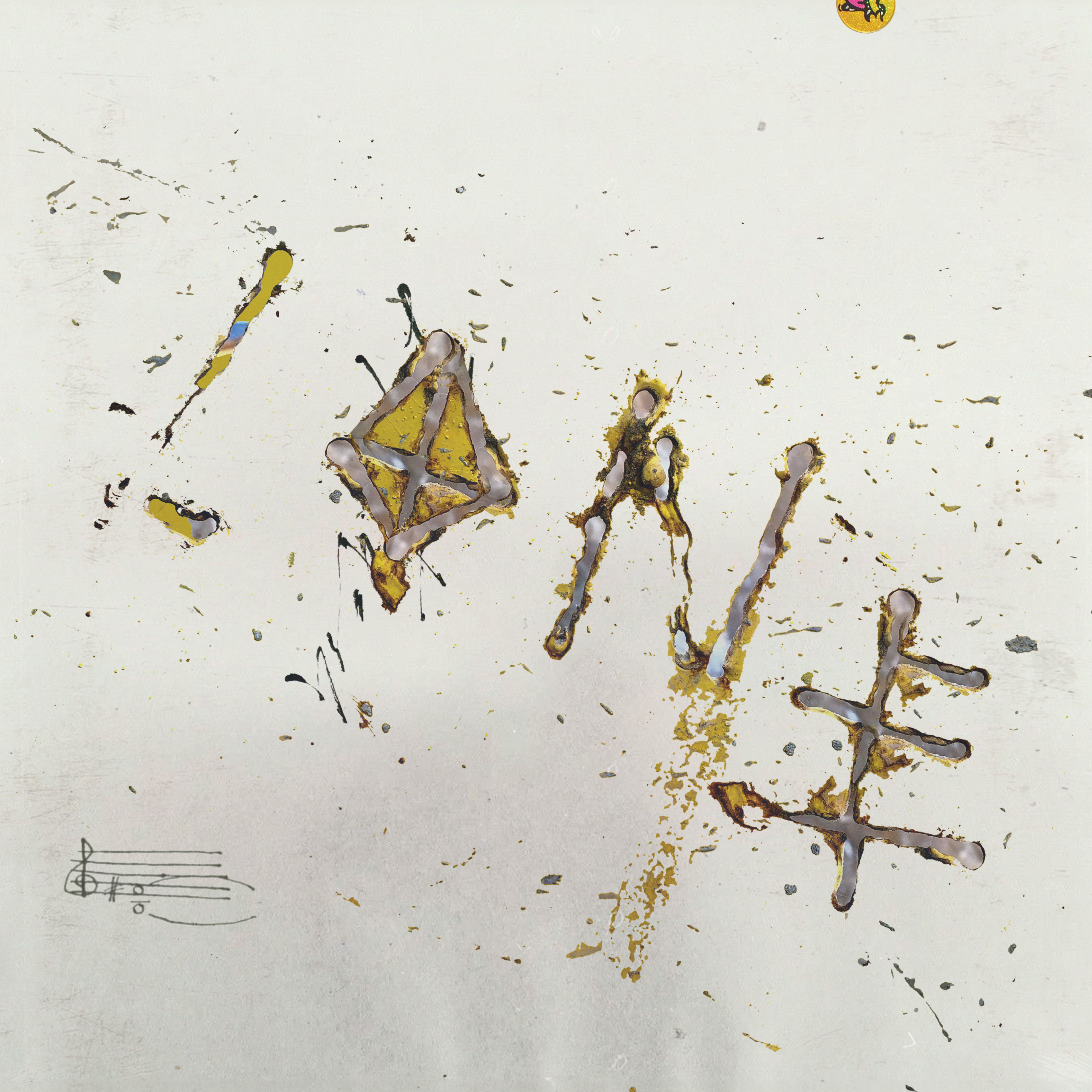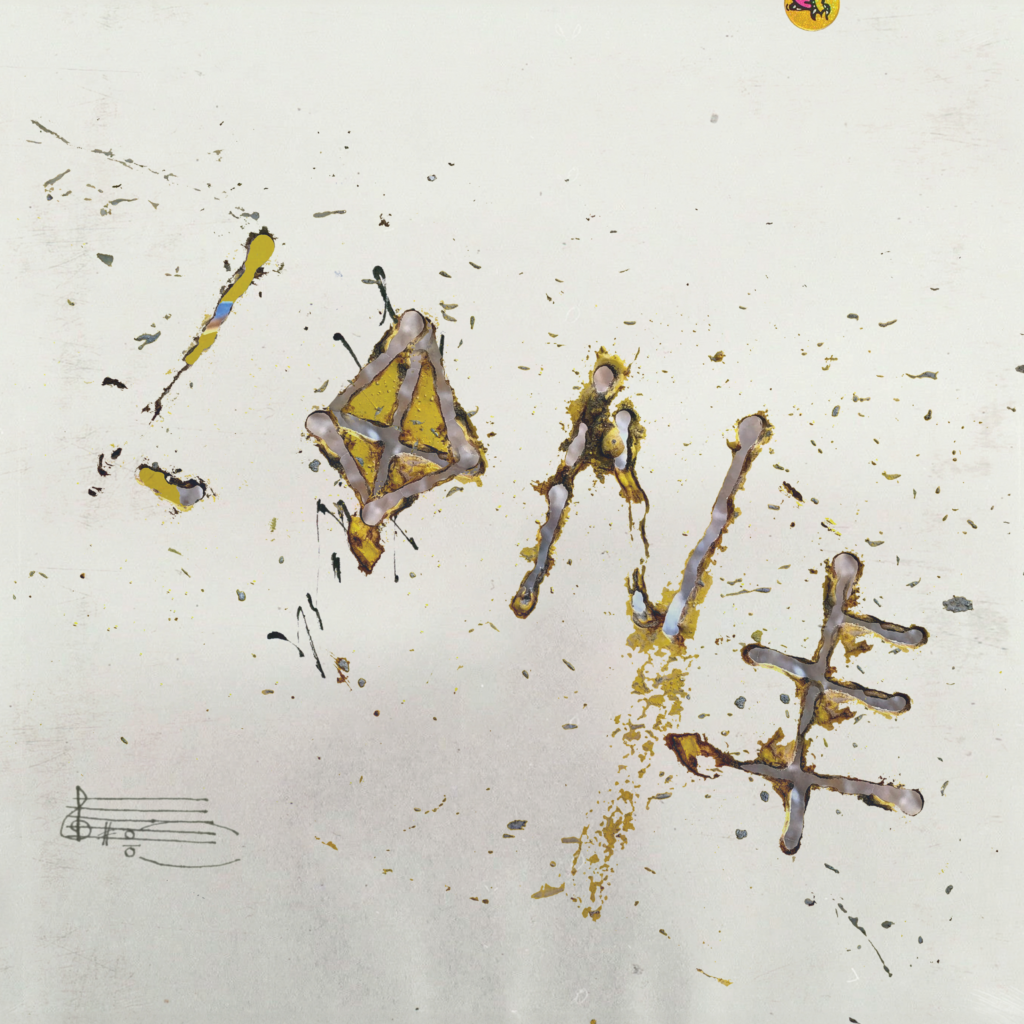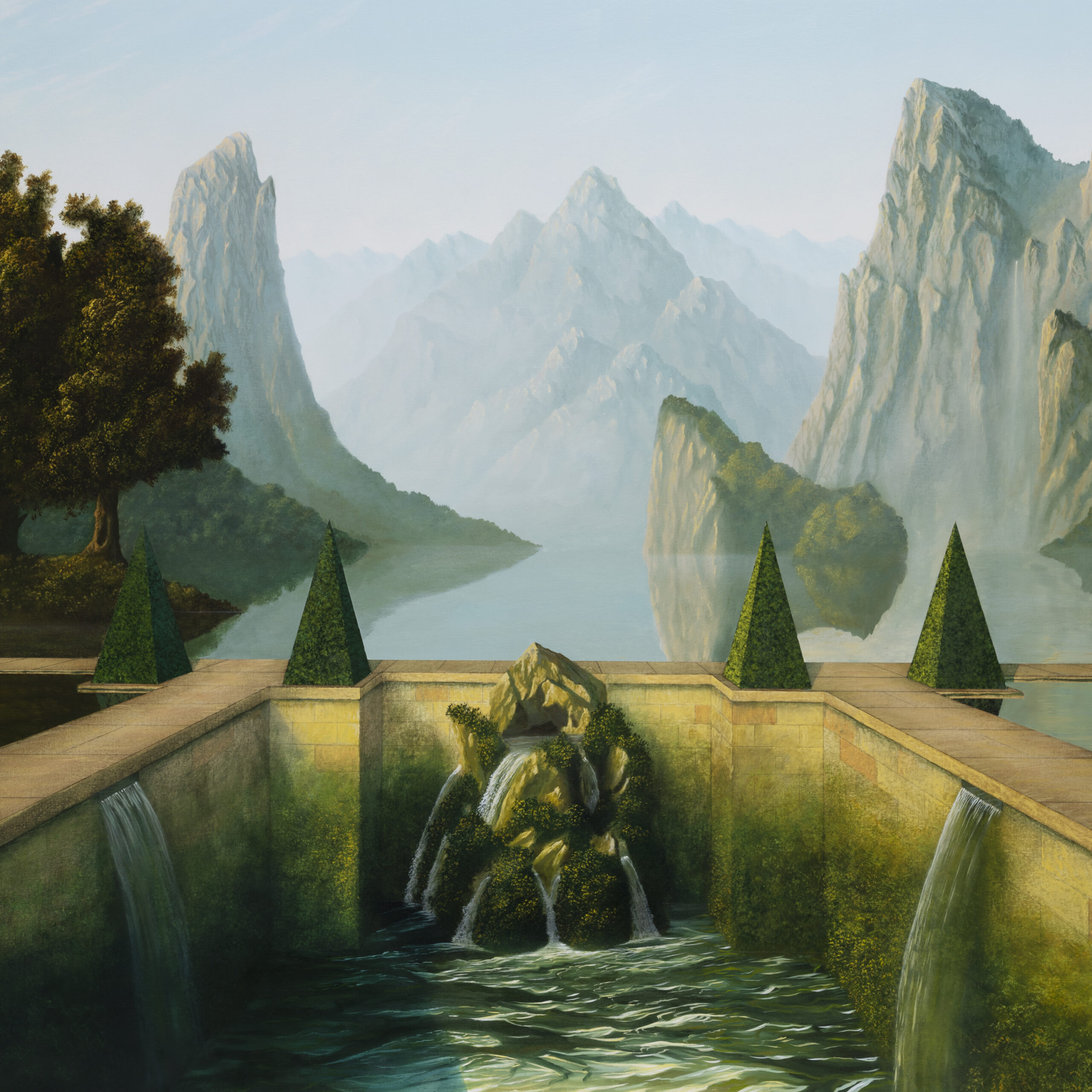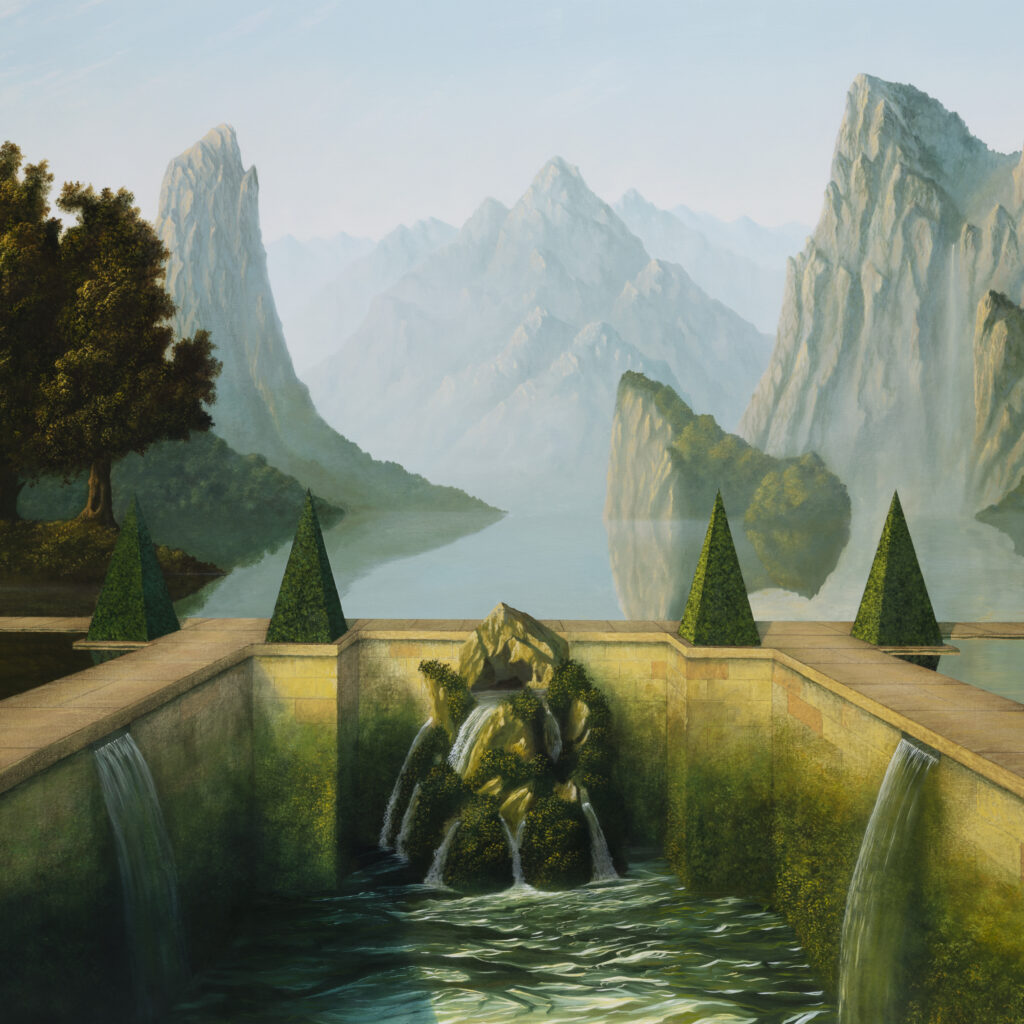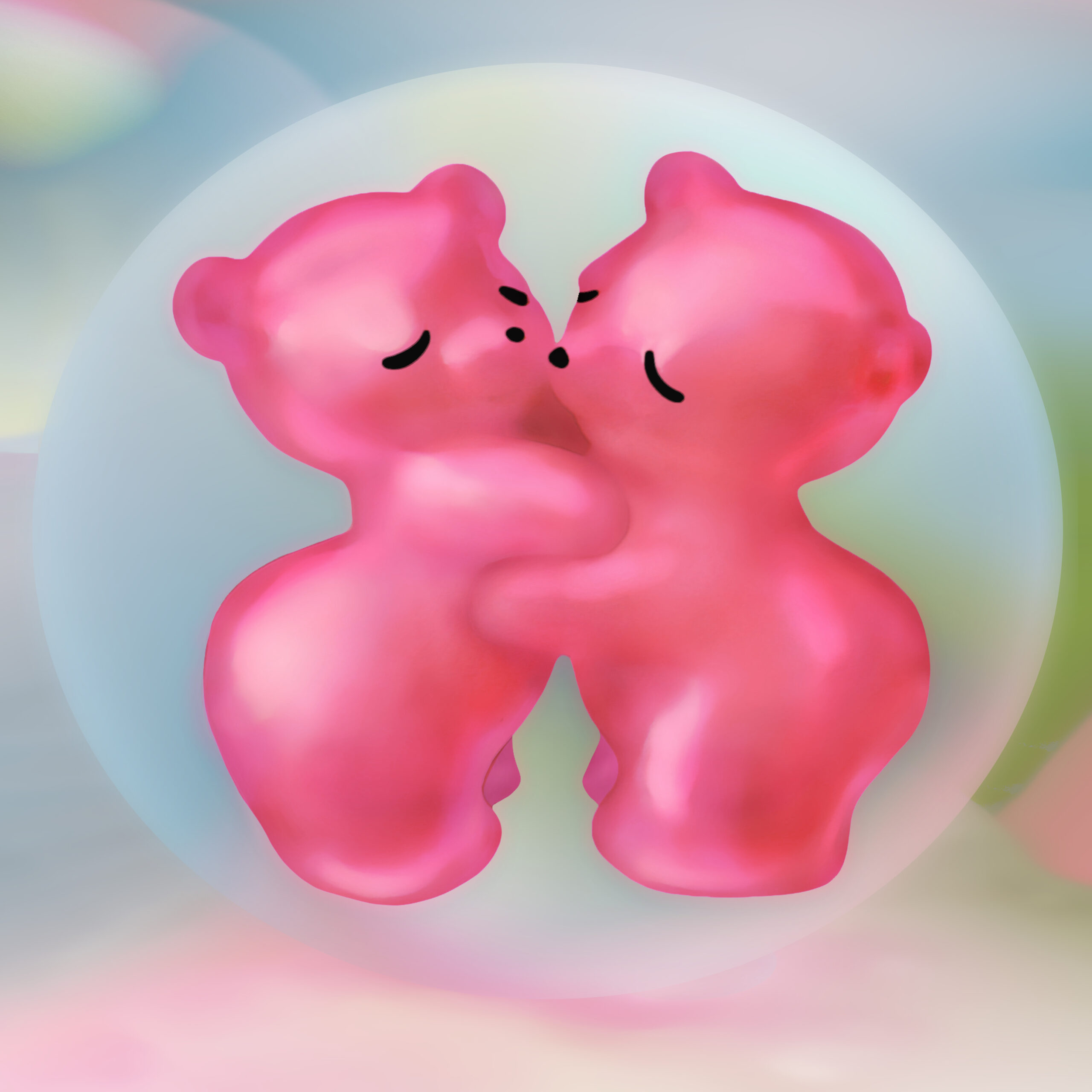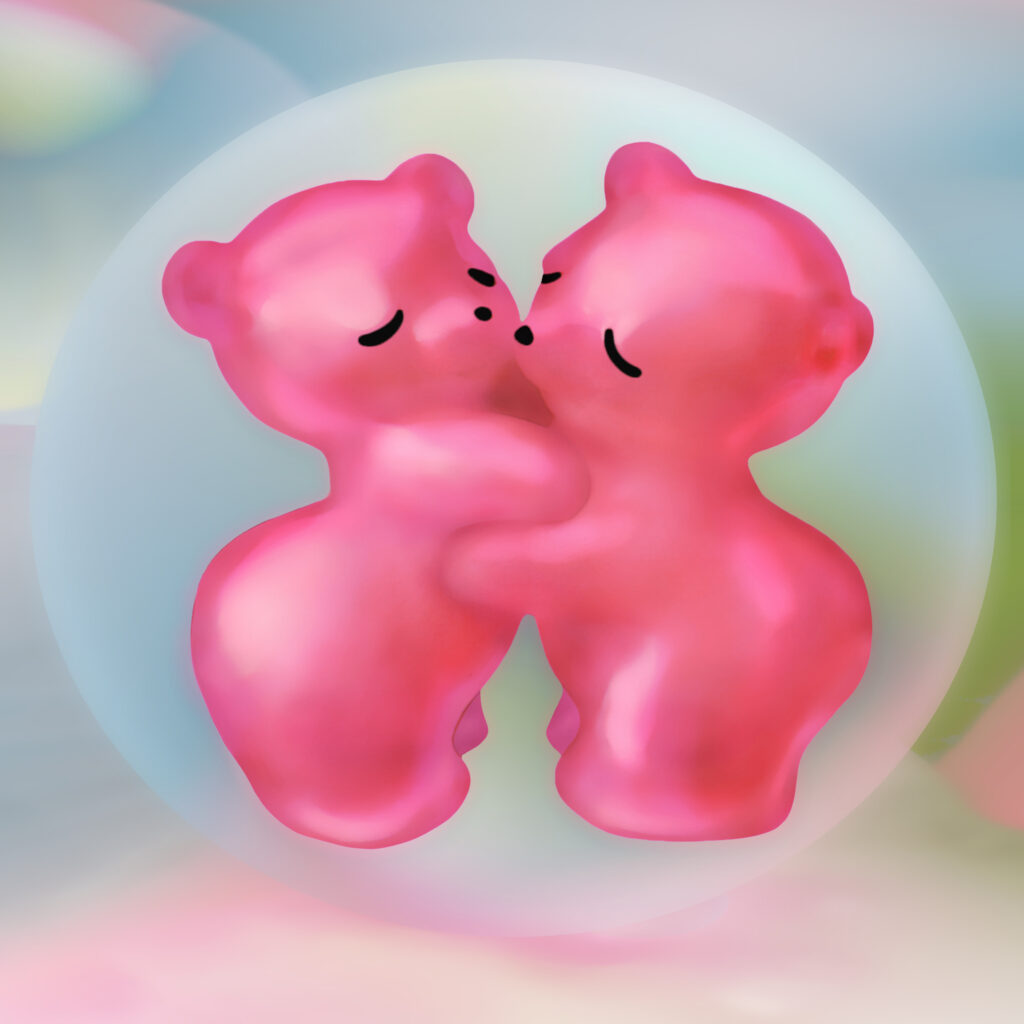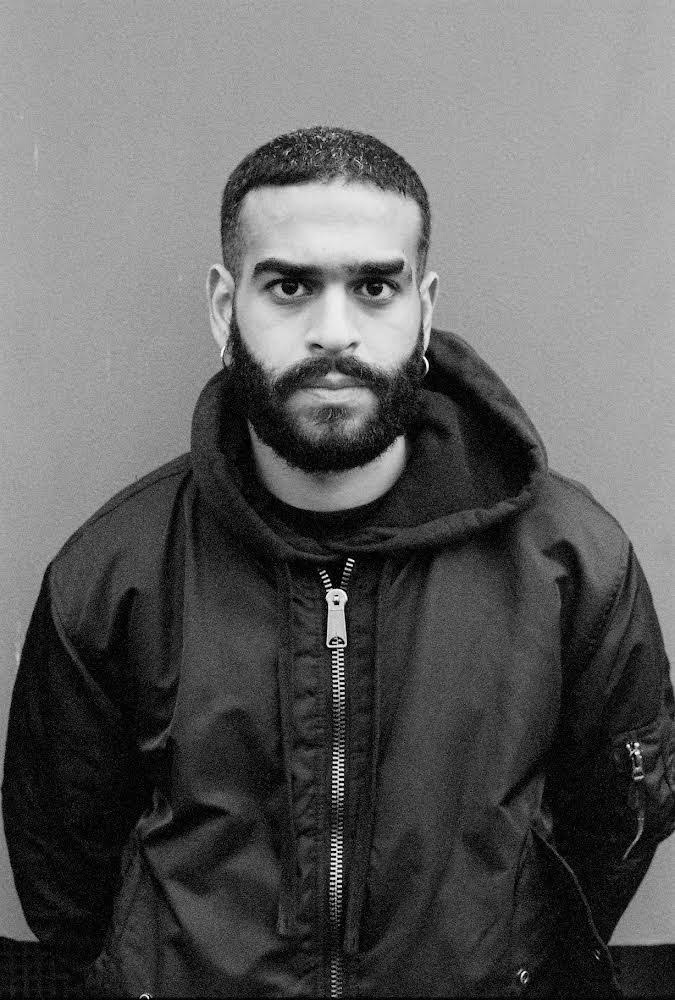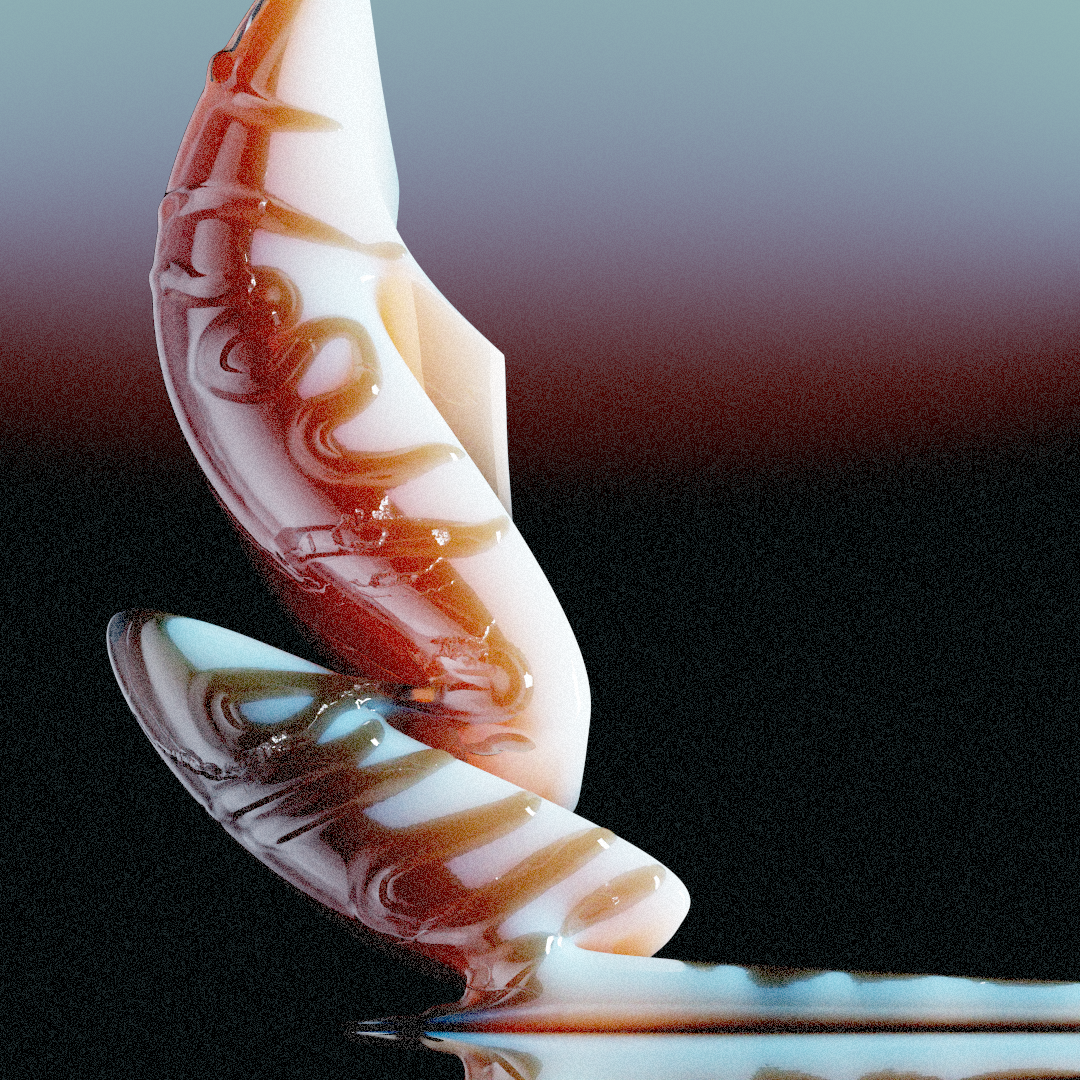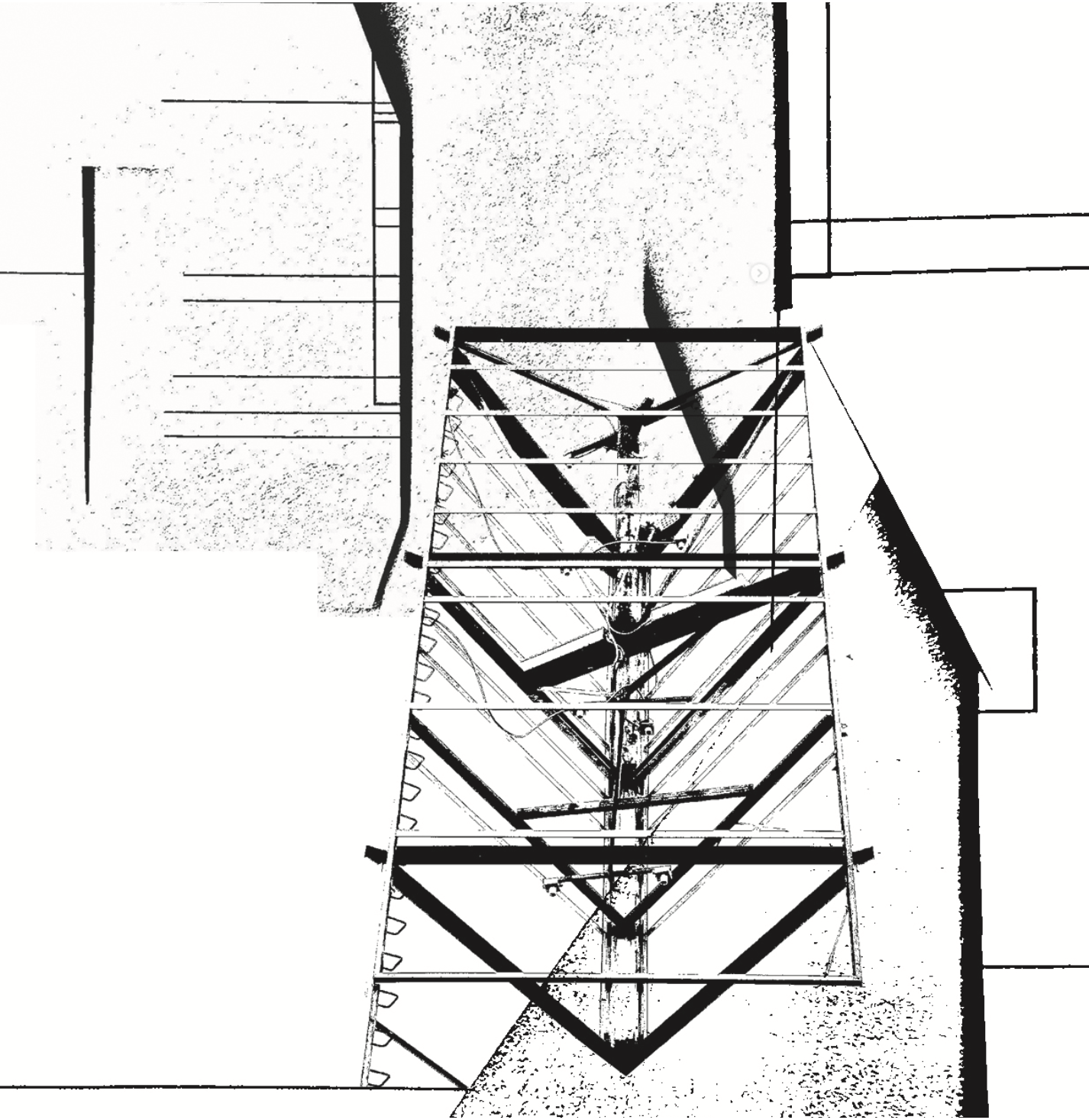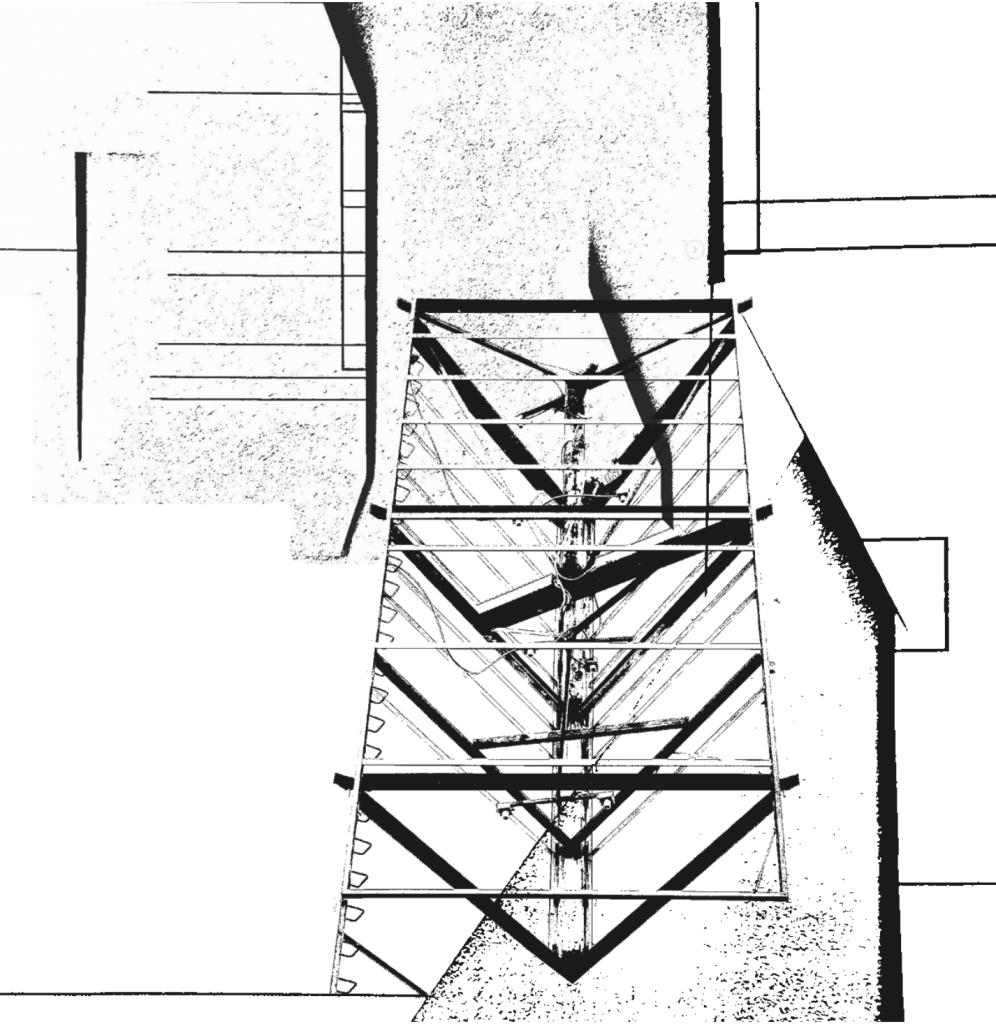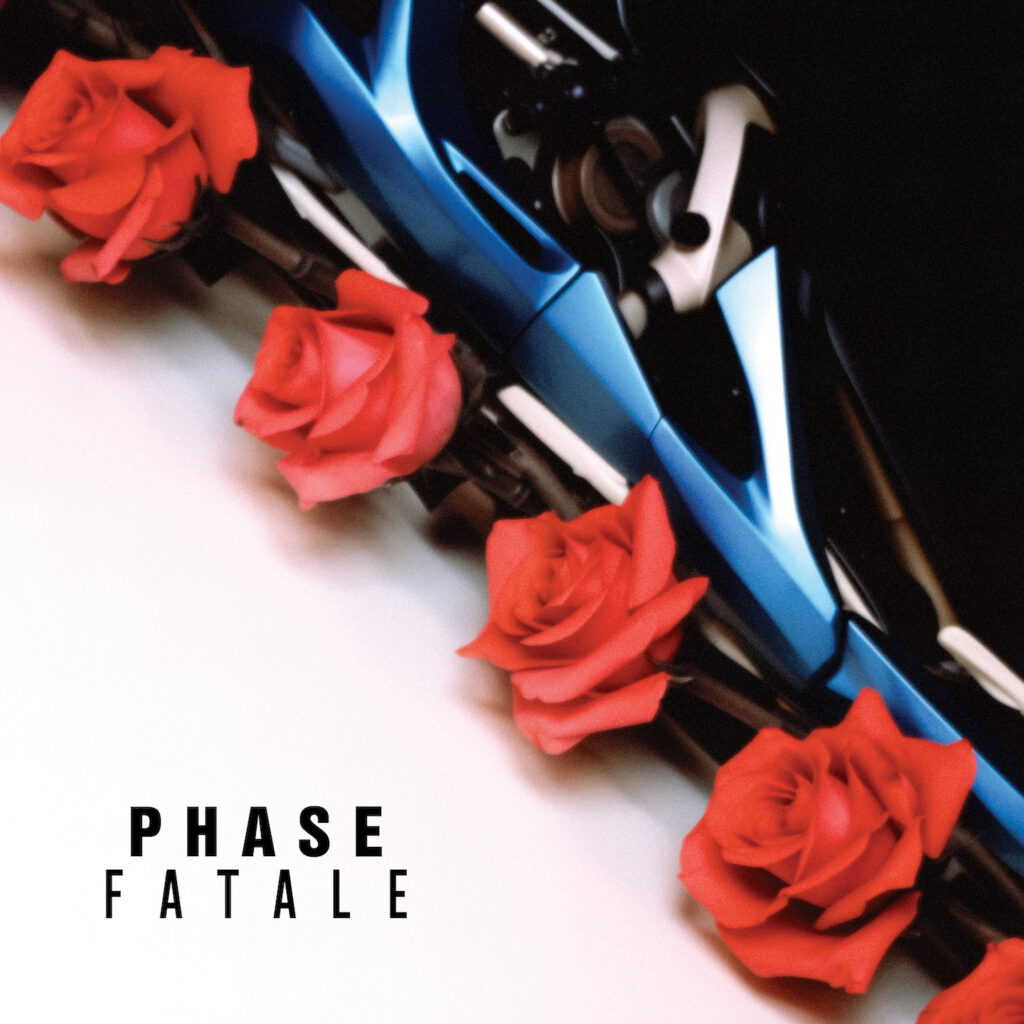
Introjection
NR presents Track Etymology, the textual corollary to nr.world’s exploration of contemporary soundscapes: A series of short interviews delving in the processes and backstories behind the releases premiered on nr.world’s dedicated platform.
Hello Hayden! It’s a pleasure being in conversation with you. How are you feeling about the release?
With this record, I pushed forward my techno side reflecting the direction I’ve been heading towards the past few years, where I want to take myself and the label. I explored new production methods like broken beats and using more digital instruments to create a future leaning dance floor sound.
It seems that lately you have been dedicating yourself a lot to the production-side of your practice. Last year, it had been 5 years since your last solo EP, and now we’re already getting Love is Destructive. What changed? did you feel the need to build more upon your personal take on music and get in a more narrative mood?
I never really stopped producing. I also released my last album in 2022 and the one previous on Ostgut Ton in 2020, combined with many collabs, VAs, and remixes. So while there was a gap in EPs, there was never a gap in the music. However, I definitely enjoy working on a more dance floor 12” again as it’s more concise and to the point, serving the purpose to work in the club. I feel like I needed to create my take on current techno elements used and push it forward with this EP which makes more sense in this format.
‘Ambivalence’, ‘Love is destructive’, ‘Introjection’ – Titles of your new production seem to be quite closely thematically linked. How do these titles reflect the conceptual landscape of the album, and what narrative or emotional journey do you aim to guide listeners through with each?
These titles link to a journey of love lost and love found. I believe uploading the music with meaningful titles combined with the artwork provides a more cohesive package for the record itself. But it’s open to the listener’s interpretation at their will.
What were the influences and core elements that have shaped your project, and how do they intersect with your journey as a DJ and producer?
The main influence is the cross-pollination of producers such as Regis, Silent Servant and Function and my roots in guitar music like My Bloody Valentine, Godflesh and The Cure. What I like in these bands is the combination of harsh noise with a musical structure palatable to a larger audience. This balance I also try to achieve in my own music.
“In techno in general, I look for this balance of sonic experimentation and boundary pushing which is all locked in by repetitious and danceable rhythms. The heaviness is subliminally inserted into the music itself.”
The relationship between sound and embodiment has been a recurring theme in your work, with references to the corporeal experience of rhythm and resonance. How do you explore the tactile dimensions of sound in your compositions –What is your relationship with audience perception, and how does your knowledge of audience response to tracks inform your compositional process?
When producing club music, I always imagine how it works on a dance floor I’m familiar with such as Berghain, and it’s usually inspired by moments performing or dancing there. I look to accentuating different frequencies as means of controlling the body while also keeping the spectrum well-balanced. There is only a finite amount to store within the music, and it’s also important not to overdo it. In terms of composition, I arrange with the notion that the tracks are used within a DJ set. So they are composed in such a way that the changes hit at the right time creating more drama in the mix.
As an artist deeply embedded in the underground electronic music scene, you occupy a unique position at the intersection of countercultural resistance and mainstream appropriation. How do you navigate the tension between subcultural authenticity and commercial viability, and what strategies do you employ to maintain artistic autonomy while engaging with broader audiences?
I grew up playing in post-punk and synthwave bands so that’s my background. I always look for new sounds in those worlds and combine them together in my techno sets as well as carry that influence into my production. I think it’s important to still acknowledge how these sometimes seemingly disparate genres are actually very connected since their beginnings and subconsciously weave that notion together in sets. I listen to myself in how I want to approach my music and only work with likeminded labels and artists who I connect with in their approach rather than being influenced by temporary trends that urge others to change their sound at a whim.
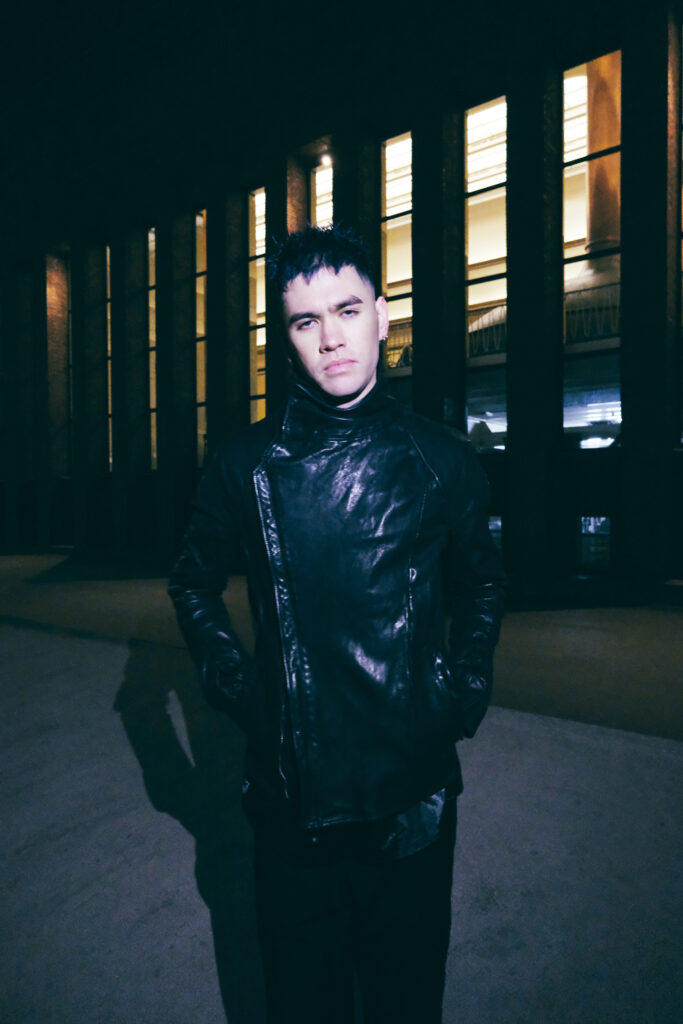
This record is dedicated to Silent Servant, your mentor. Grief finds expression in various artistic forms, including music. In techno, a genre often associated with its pulsating rhythms and immersive sonic landscapes, the exploration of emotions like grief may seem unconventional. However, some artists have managed to infuse their music with a sense of melancholy, loss, and introspection. How do you perceive the role of grief in techno music, and how do you approach incorporating or evoking such emotions in your own compositions?
Juan made the artwork for this record, and I think it’s probably one of the last ones he made. We never had a chance to talk about the new technique he used for it even. It makes the whole record combined with the titles and images of roses and cold machinery quite mournful. So many steps and movements of my production, DJing and music in general are somehow connected to Juan so it was very heavy to go through with this release to say the least. Even in techno, it’s possible to make room for grief because the genre lends itself to create other worlds and paint a picture of an alternate reality with the use of certain atmospheres and melancholic melodies taking the listener to another dimension to reconcile with it.
In the era of algorithmic curation and streaming platforms, the role of the DJ as a curator and tastemaker is evolving. How do you perceive the evolving nature of DJ culture, and what strategies do you employ to maintain a distinct artistic voice and ensure your creative output remains innovative and boundary-pushing?
It’s true that more than ever people look to who the DJ is and what defines them beyond just their music. Which on one hand I understand, as someone more into bands, usually the image (or lack thereof) played a role into how we perceive their music whether that was through artwork, photos, music videos or performances on stage. So I think the same can be applied to techno as it evolves. On the other hand, what should still remain most important is the DJ’s selection and their ability to technically mix them together while reading the vibe of the space they’re in. I’m a musician because it is the creative way to express myself so it inherently stays true to me, while I constantly search for new or old sounds to inspire me and broaden my sonic palette.
The notion of “genre” in electronic music is both a unifying force and a constraining factor, often shaping audience expectations and critical reception. How do you negotiate the boundaries of genre in your own work, and to what extent do you see yourself as a boundary-crossing artist pushing the limits of categorization?
Unfortunately, some people like to cast artists into one genre and leave them there, thinking categorically, no matter if they evolve, instead of just listening and updating their preconceptions. I’ve always defined my project as techno but perhaps with different influences, while others try to pigeonhole my sound based on my background or what other artists around me think to play. I think the best way to redefine and push the limits is just to constantly showcase your sound with releases and sets, hence why I’ve been saying ‘techno’ all the time like a broken record.
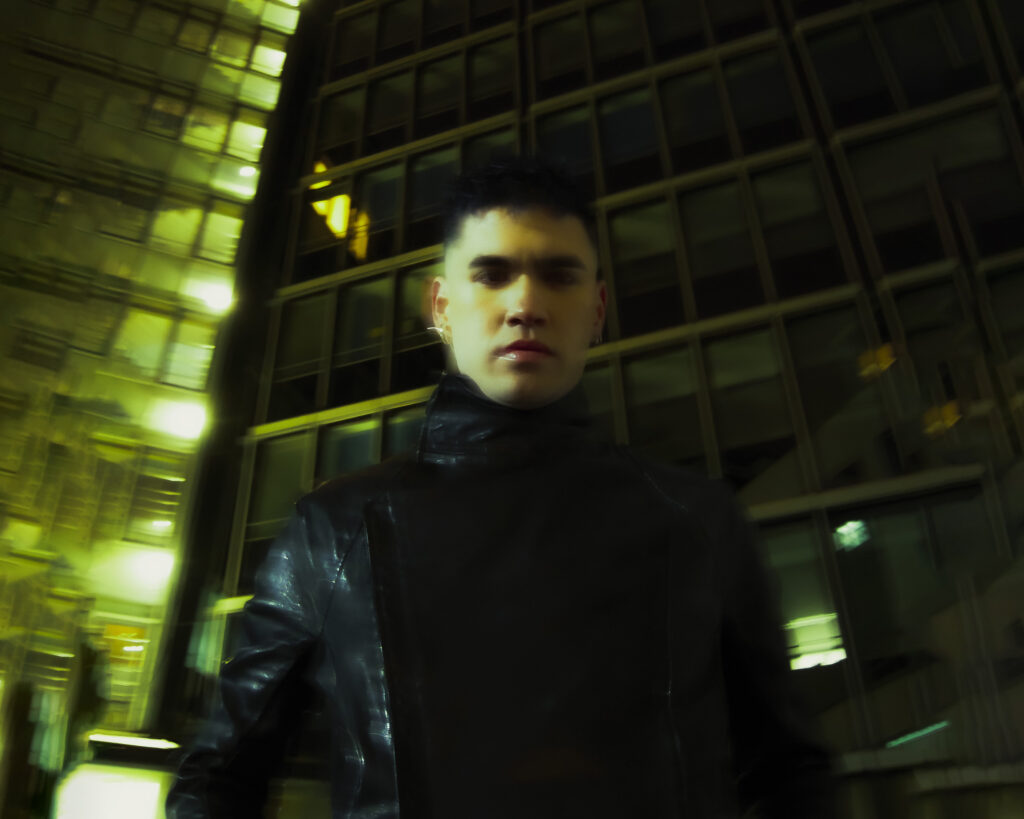
Your label BITE has been instrumental in showcasing emerging talent and pushing the boundaries of experimental techno. How do you envision the role of independent labels in shaping the future landscape of electronic music, and what criteria do you use to identify artists who embody the ethos of innovation and experimentation?
Labels play an important role in defining their own aesthetic in music through the sound as well as its visual concept and the way they present their art to listeners. I want to show my connection to dance music and what I find cool and interesting while hopefully building up new artists in who I believe. When releasing someone, I usually listen if their music is also influenced by genres outside of techno itself and somehow combines it all together into a sound that is definitively them, so that one could tell it’s them in a blind listen.
I wanted to close on a lighter note..I want to peep a bit behind the curtain: How do you approach the creative process when producing new tracks? Do you have any specific rituals or routines?
I usually get an idea while DJing or just listening to music for a song I want to make, whether it’s a sequence, rhythm, melody or just a general mood or style. Then I translate that idea in my head to reality with either hardware or software which usually somehow changes or evolves in that process. Because I’m on the road so much now, I’m learning new ways to work on the computer but still retain the spontaneity and rawness of the hardware I’m used to working with all these years. But this learning process is cool because it lends itself to new sounds and methods. The most difficult part is understanding when the track is finally finished, to stop playing around with it, and let it go. That all comes from just doing it over and over again.
Team
Interview · Andrea Bratta
Artwork · Silent Editions
Photography · Shuto
Pre-order the digital album here
Follow Phase Fatale on Instagram and Soundcloud
Follow NR on Instagram and Soundcloud
